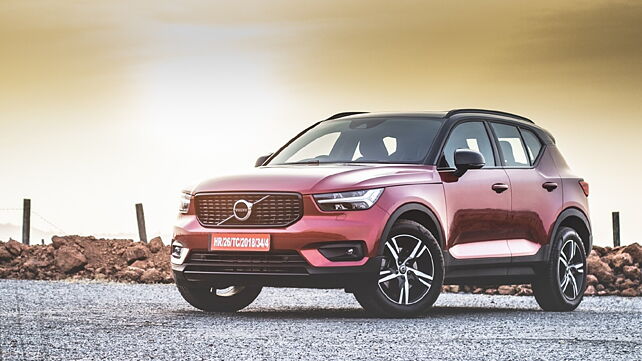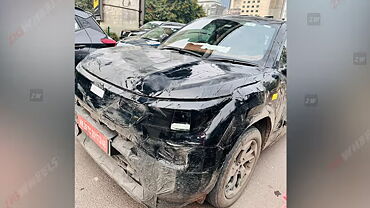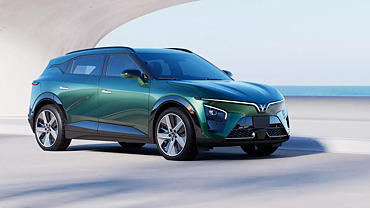
- ‘Volvo Cars Safety Centre’ celebrates 20 years
- At the time of its opening in 2000, it was one of the most advanced crash labs in the world
As you all know, Volvo thrives on safety. And in its pursuit, crashes at least one brand new Volvo a day (on an average)!
Although it sounds drastic, this procedure has been instrumental in preserving Volvo Cars’ position as a leader in automotive safety to this very day. It helps Volvo engineers push the envelope in safety to learn from real-life traffic accidents. Needless to say, the company aims for a future in which no one is killed or seriously injured in a new Volvo.
The lab contains two test tracks of 108m and 154m long respectively. The shorter one is moveable and can be positioned at an angle of between zero and 90 degrees. This allows for crash tests to be performed at different angles and speeds or to simulate a crash between two moving cars. These cars can be crashed at speeds up to 120kmph.
Outside, there’s room for performing tests like roll-over crashes and run-off road scenarios, whereby cars are launched into a ditch at high speeds. Earlier this year, it dropped new Volvos from a height of 30m to simulate the heavy damage found in extreme crash scenarios.
Inside, an astonishing 850-tonne movable crash barrier is used for testing various frontal, rear, and side impacts. Additionally, there are around two dozen other fixed and movable barriers that are used in crash testing, including a moose-like structure to simulate crashes involving these animals.
Before a physical crash test, the car model in question had already gone through thousands of computer-simulated crash tests. All the data generated by these tests is then used by Volvo’s engineers to develop safer cars.
As the company moves towards an all-electric future, the ‘Volvo Safety Centre’ has in recent years been equipped and prepared specifically to safely execute electric car crash tests as well.


































